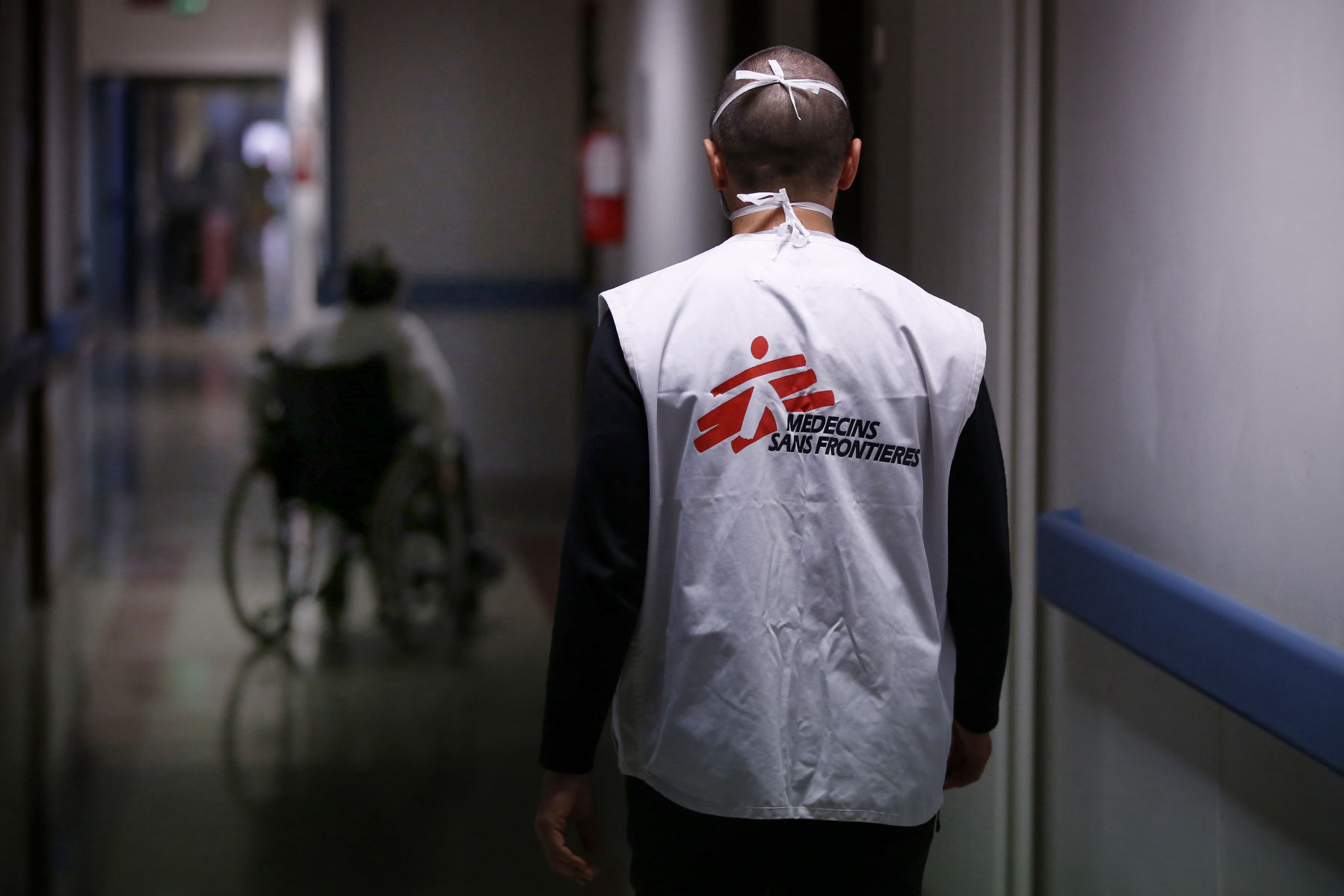
Tools and resources to support an inclusive preparation and response
to the COVID-19 emergency

A message to our projects from the TIC Project on Inclusion of Persons with Disabilities in MSF
Interview with Habiba Ali-Amin, MSF International Board member
In this interview, Habiba Ali-Amin discusses the situation of persons with disabilities in emergencies, the transformative potential of patient-centred approach in MSF and the global COVID-19 crisis as an opportunity to rethink vulnerability and fully embrace inclusion.
In the article “The Forgotten Crisis: People with Disabilities”, recently shared with the association, you have focused on persons with disabilities as a group that is both extremely vulnerable and often forgotten in humanitarian contexts. Having worked across displacement settings and conflict zones, including in Kenya, Somalia and South Sudan, how would you describe the situation of persons with disabilities in emergencies?
| COUNTRY/REGION | ORGANISATION | WEBSITE | CONTACT PERSON | EMAIL/PHONE |
|---|---|---|---|---|
| Africa | AFUB
- The African Union of the Blind
| https://www.afub-uafa.org/ | Lucas Amoda, Interim Executive Director | lucas@afub-uafa.org gladys@afub-uafa.org info@afub-uafa.org |
| Angola | ANCAA
- The Angolan National Association
of the Blind and Partially Sighted | - | Venceslau Francisco Mujinga,
President Salvador António, General Secretary | ancaaangola1992@gmail.com
+ 244 924260935 , + 244 923259553 + 244 912757012 or 222775361 |
| Cambodia | ABC - Association of the Blind in Cambodia
| - |
Mr Boun Mao
, Executive Director | boun.mao@online.com.kh
phykun1119@gmail.com abc@online.com.kh |
| Laos | LAB -
Lao Association of the Blind
| www.lablao.org/ | Kongkeo Tounalom, President | labofbvi@gmail.com
+85 621414949 |
| Mozambique | ACAMO
- The Mozambican Association
of the Blind and Partially Sighted | http://acamo.co.mz | Sérgio Miguel da Conceição,
President Raul Sitoe , Secretary General Felizardo Sabão, Coordinator Amelia Senguaio , Administrator | sergiomc73@gmail.com
,
+258 848260015 acamobeira@yahoo.com.br +258 23313651 |
| Mozambique | FAMOD - The Mozambican Forum of Disabled People's Organisations (an umbrella organisation) | https://www.facebook.com/FAMOD.MOZ/ | Cantol Ponja, President | cantol_alc@yahoo.com.br
famodmoz@gmail.com +258 21419304 |
| Nepal | Eye Health Project Nepal | - | Mr Hari Sharan Bista,
Project Manager | nabpnepal@gmail.com |
| Nepal | Nepal Association of the Blind | www.nabnepal.org | Mr Nar Bahadur Limbu
, Director | central.nabpnepal@gmail.com |
| World | World Blind Union - the internationally recognized organization representing the 253 million blind and partially sighted persons in 190 member countries | www.worldblindunion.org | For the list of members, click here | For detailed contact information, consult the list of members |
Webinars

PENDA is a consortium led by the International Centre for Evidence in Disability (ICED), based at London School of Hygiene and Tropical Medicine (LSHTM), funded by the Department for International Development (DFID), in partnership with CBM, ADD international, and Help Age International.
This comprehensive 45-minute webinar provides a valuable insight of actions that can be taken for inclusive response at the different stages of the COVID-19 pandemic, whether it comes to prevention, treatment, continuity of care, or the aftermath of the crisis. It also provides valuable information regarding WASH and health promotion in the times of COVID-19.
Further recommendations from organizations focused on inclusion of older persons and persons with disabilities
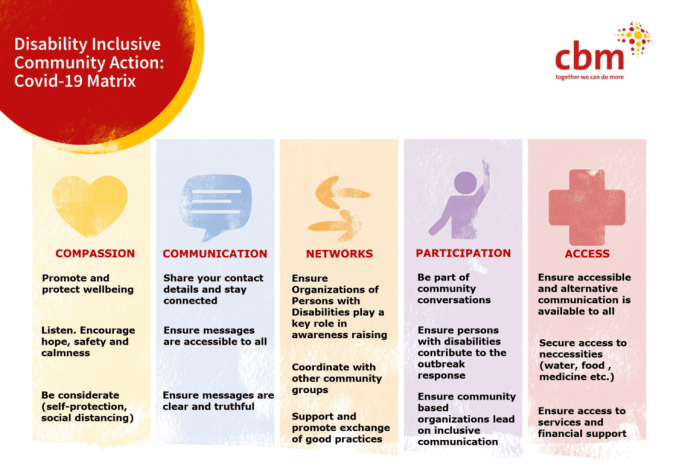
A matrix for disability-inclusive response at the community level, with brief action points within five key areas: compassion, communication, networks, participation and access.

"The document provides guidance and advice for older people about COVID-19. It gives some basic information on what COVID-19 is and how it is spread, followed by key advice on what older people can do to reduce
their risk of catching the virus, and what they should do if they need medical help or support". It is currently available in English, Spanish, Russian, Arabic and Bangla.
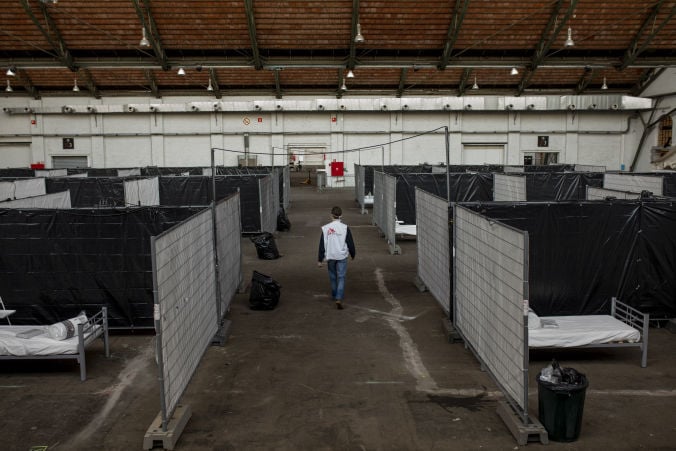
In response to the COVID-19 pandemic that disproportionately affects persons with disabilities, the International Disability Alliance has compiled a list of barriers faced by persons with disabilities in this crisis, along with solutions and recommendations.
The document is available in English, French, Spanish, Arabic, Portuguese, Korean and Chinese.

The article highlights gender inequality and vulnerability of persons living with chronic health issues or with disabilities in WASH and emergency contexts. It discusses how our emergency response to the COVID-19 pandemic can mitigate new and existing vulnerabilities among people affected, and provides a simple list of dos and don’ts.
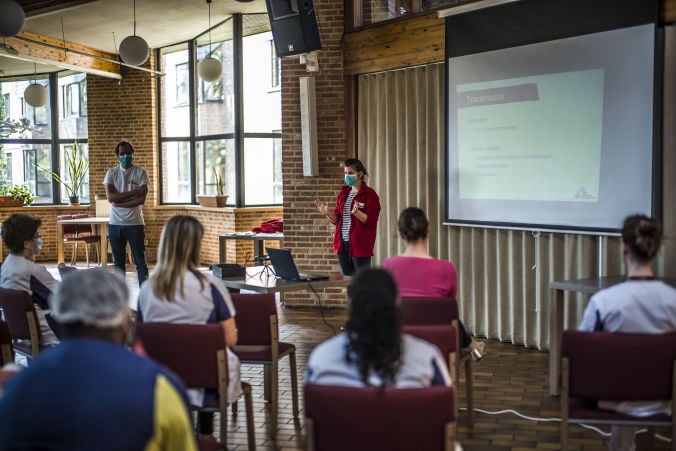
"This document provides practical guidance for development partners to develop disability-inclusive responses to the COVID-19 pandemic during the emergency phase of the COVID-19 pandemic. In the immediate- and long-term response to the pandemic, it is vital that all development partners take steps to strengthen health systems that are disability-inclusive".
Topics discussed include: intersectionality; assessing gaps and needs; engaging people with disabilities and DPO's; accessible and inclusive communications; healthcare and essential services; livelihoods and social protection; education; independent living and housing; and evidence generation.
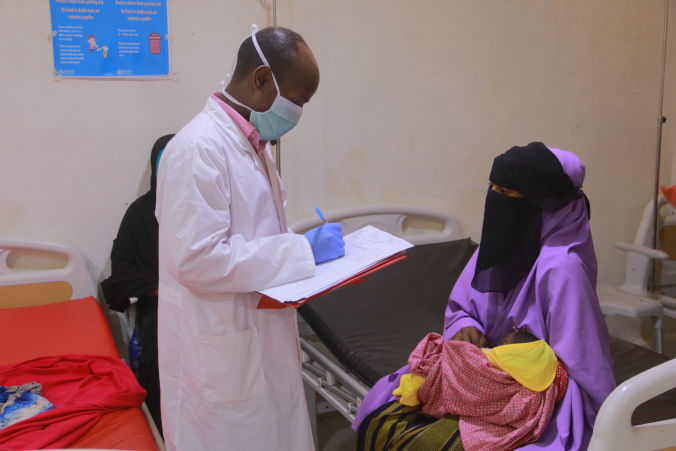
A rich yet concise document about inclusive preparation and response in Somalia that covers the following topics:
- Specific risks faced by persons with disabilities during the COVID-19 outbreak;
- Protection risks for specific groups during the COVID-19 outbreak;
- Recommendations for inclusive planning and preparedness;
- Recommendations on an inclusive COVID-19 response;
- Selected global resources on COVID-19 and persons with disabilities;
- Contacts of organizations of persons with disabilities and disability specific organizations with interest in connecting for awareness raising.
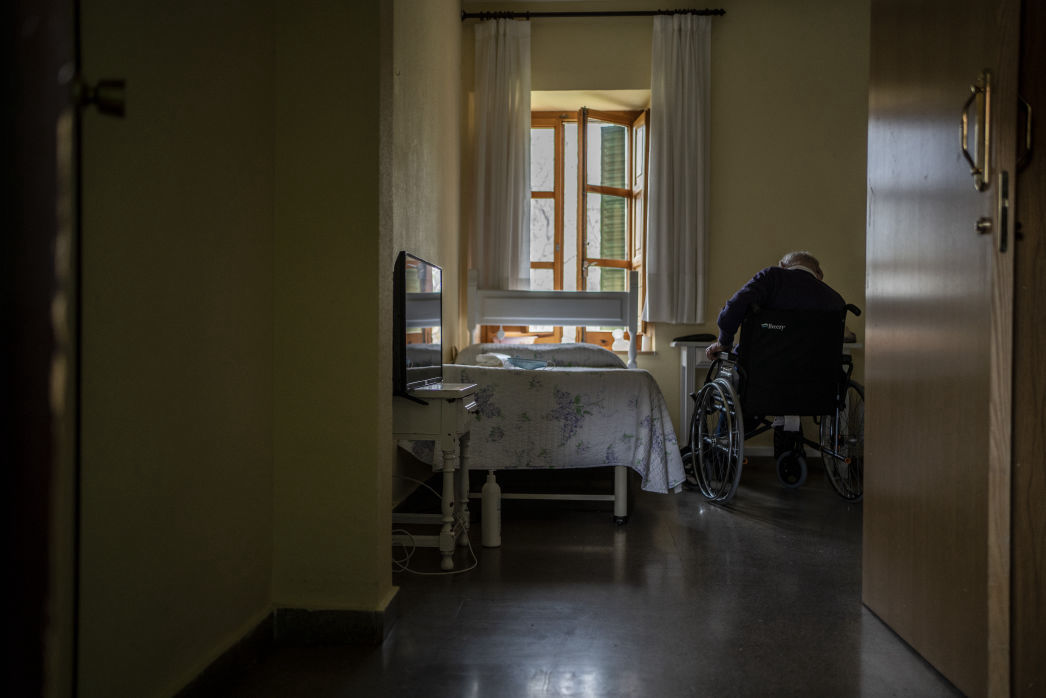
A short document that explains why additional considerations are needed for
people with disability during the COVID-19 outbreak and suggests appropriate actions and protective measures that can mitigate the impact of the pandemic on this group. Key messages may need to be adapted to the local context.
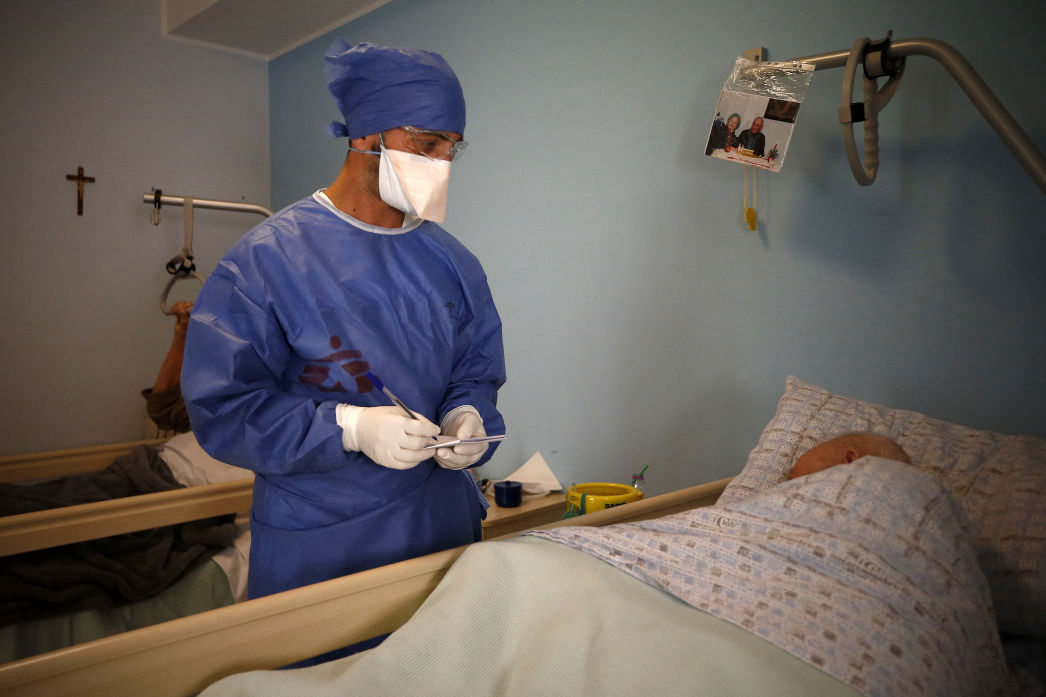
The document covers the following topics:
- The impact on health, rights and long-term care services for
older persons;
- The effects of physical distancing and stigma;
- Integration of a focus on older persons
in the socio-economic and
humanitarian responses to COVID-19;
- Harnessing knowledge and data, sharing good practices, and expanding participation by older people.
It analyses the key risks, gathers solutions and recommendations, and discusses the place and the role of older people in this global crisis.
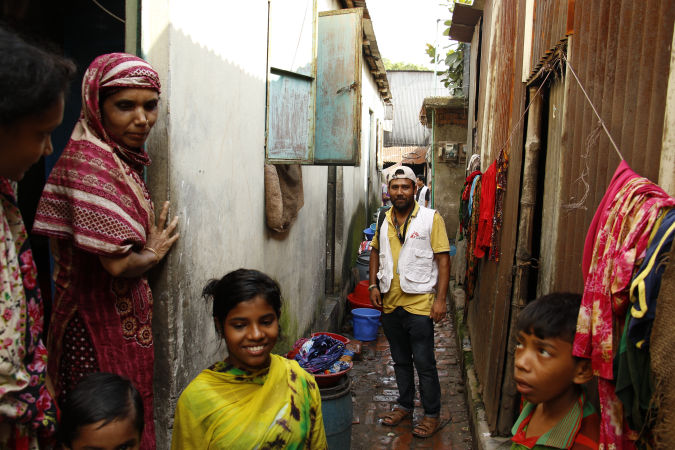
"In June 2020, ADD International conducted structured interviews with leaders from ten Disabled People’s Organisations (DPOs) which are participating in the Inclusion Works programme in three districts in Bangladesh to understand impact of and response to Covid-19 among DPOs. Evidence from these interviews suggest that the economic impact of Covid-19 on persons with disabilities has been acute, and DPOs are taking critical action. DPOs are engaging with power holders to make relief, livelihood support and information accessible to persons with disabilities. DPOs are in touch with their members, but they face barriers in doing their work during this time, and more could be done to reach the most excluded".

The report presents findings from interviews with 87 members from Disabled People’s Organisation (DPO) partners and 10 DPO/Self-Help Group leaders in Cambodia, conducted to learn more about the impact of the pandemic on persons with disabilities.
"Three patterns emerge from these interviews: there is a pattern of compounding vulnerability to violence; a pattern of significant livelihood loss that is felt differently by disability type and gender; and a link between livelihood loss and pronounced increase in economic and psychological violence against women and girls with disabilities.
Evidence from these interviews suggests that, during the COVID-19 pandemic, some women with disabilities are at increased risk of violence and suffering a dramatic loss in household earnings. Reported violence risk increase is mostly psychological and economic, higher among older respondents and most pronounced among those who already experienced medium to high risk of violence before COVID-19".
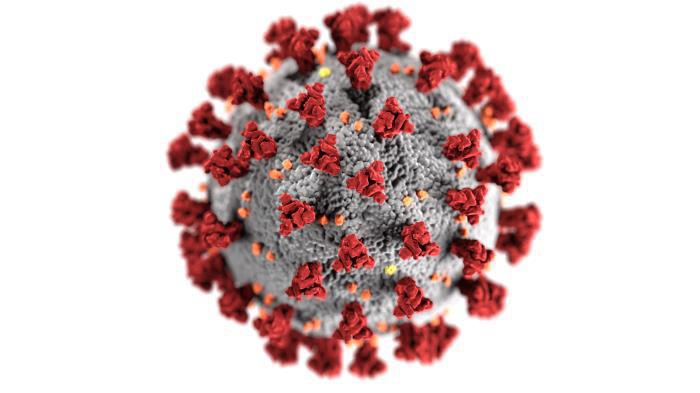
The text highlights the impact of the COVID-19 pandemic on the lives of persons with disabilities. The author describes and explains the setbacks its socio-economic consequences could have on their independence, employability, and inclusion — particularly in contexts marked by armed conflict and violence.
Examples that can inspire and help develop materials on COVID-19
adapted to the needs of persons with disabilities in your mission or project
Messsages on COVID-19 might not be available to people with sensory impairments. Lack of access to essential information on the disease and its prevention contributes to the spread of the virus and threatens mental health, deepening anxiety and isolation. Communications barriers can easily be reduced by using two ways of communication: visual and audio, text or image and sound, in all sensitization campaigns.
When it comes to inclusion of the deaf and hard of hearing, it is also possible to create short messages and videos in sign language to communicate more efficiently towards this group in our missions and projects. Such materials usually have to be developed in collaboration with local sign language interpreters or local organizations representative of persons with disabilities. Sign languages, which have evolved over years in the different deaf communities across the world in a similar way that natural languages have, vary widely between countries and ethnic groups. In some countries, more than one sign language is in use, and countries with the same spoken language may still have different sign languages. The number of sign languages worldwide probably exceeds 300. There have been attempts to develop a single sign language for broader international use, but with limited success. In the International Sign – the language of one of the videos we recommend below – meaning has to be continuously negotiated, as signers combine signs from their national sign languages with signs understandable for a larger audience.
Video in International Sign, produced by the Mill Neck Family of Organizations, based on the message sent out by UNICEF.
A video in sign language that conveys key messages about the coronavirus and translates information about the measures introduced by the government. Filmed in Uganda by Light for the World.
A role-play video in sign language explaining facts and myths about the coronavirus. Produced in Uganda by Light for the World.
A video with sensitization messages presented by persons with disabilities in a local language, by the Nigerien Federation of Persons with Disabilities ( Fédération Nigérienne des Personnes Handicapées).
Stories of persons with disabilities and other vulnerable people
affected by the pandemic
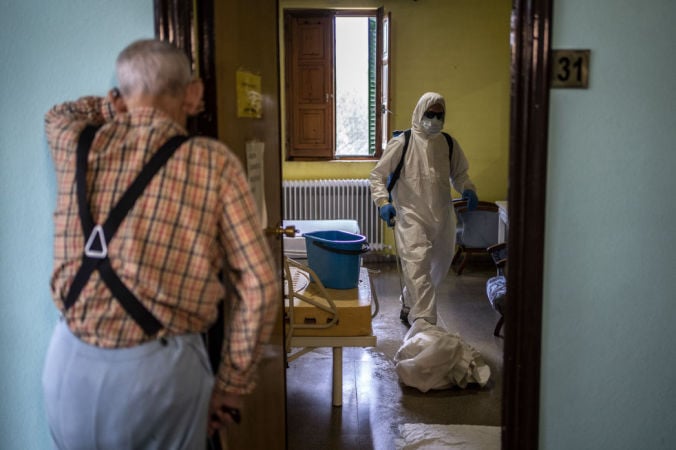
HelpAge International is working with older people and network members around the world to respond to the threat of the COVID-19 pandemic. Find out about their experiences and their reactions to the spread of the virus.
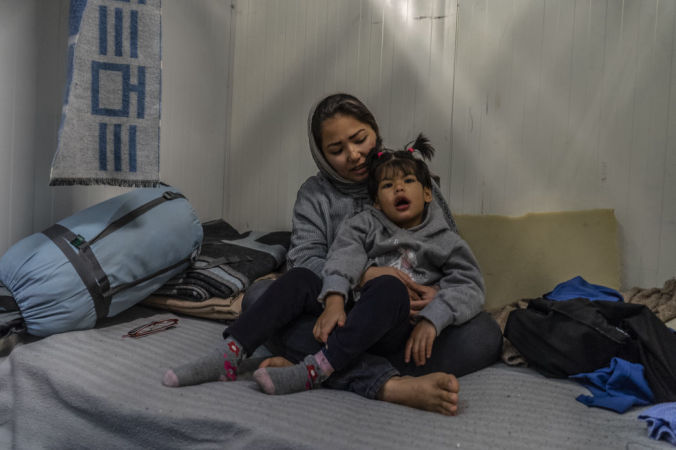
Drawing on its expertise in gender, social inclusion and safeguarding, SDD has launched a COVID-19 blog series to help identify and respond to the needs of the most vulnerable individuals and nations as part of both the humanitarian response and long-term recovery planning. Blog posts highlight the impact of the pandemic on persons with disabilities, but also on other neglected groups, and bring a broader inclusion perspective to the discussion on the COVID-19 response.
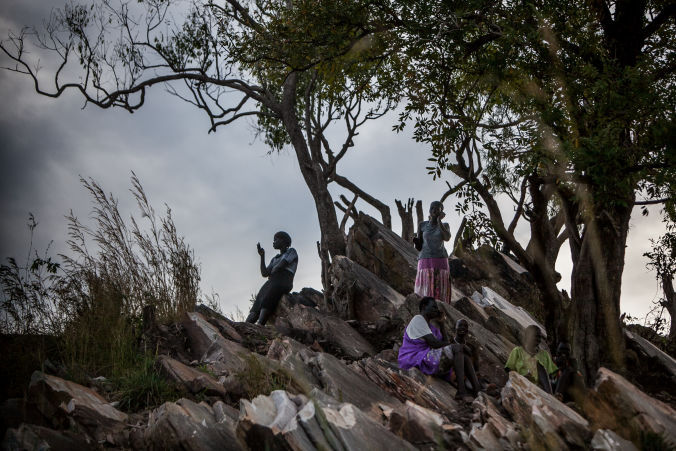
The story is part of the Voices of People with Disabilities during COVID19 Outbreak series. It highlights the risks that people with disabilities may face due to communications barriers and lack of access to essential public information.
Articles on various disability-related issues in the time of coronavirus
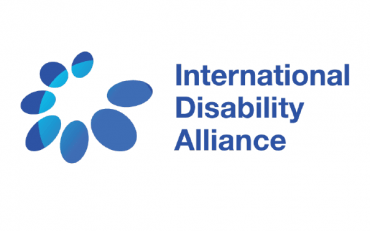
The webpage includes, among others, resources and tools for action, resources
by IDA members and partner organizations, and stories of persons with disabilities affected by the pandemic.

A regularly updated repository of resources focusing on COVID-19, disability, mental health, chronic health conditions and related topics.

A database of resources from experts around the world on COVID-19 and how it intersects with disability.
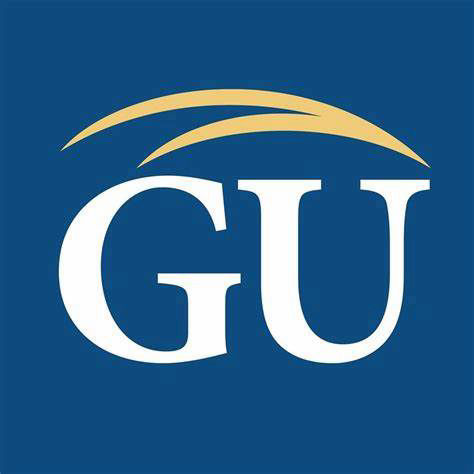
An open-access database of sign language information resources, created to support deaf community advocacy efforts in emergency contexts. It contains public information produced by worldwide deaf community organizations, videos of deaf interpreters working in public information settings, and print or video news items about deaf advocacy and signed language access. The TIC project does not take responsibility for the content, which has to be assessed and adapted by the users.
Made with Mobirise free website template
SHARE THIS PAGE!